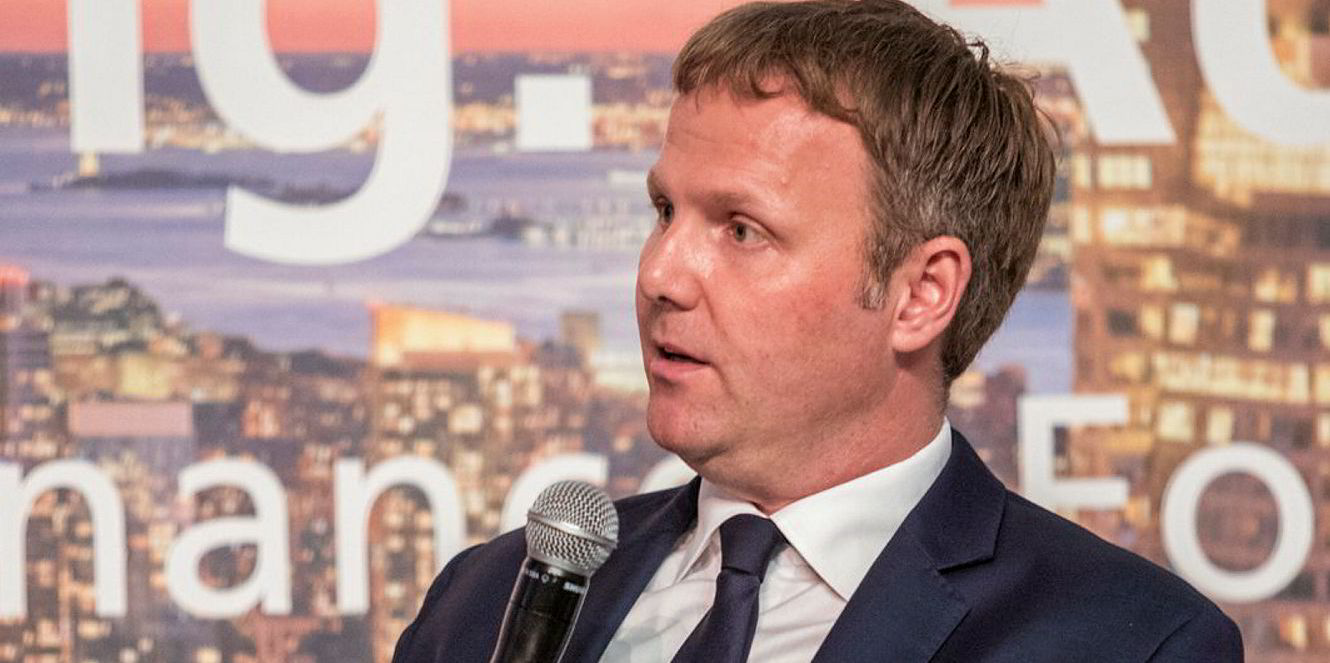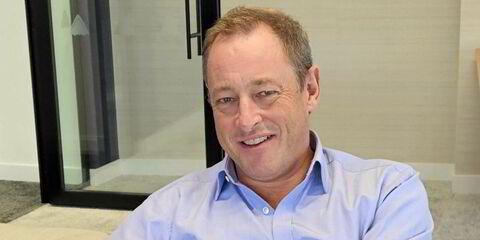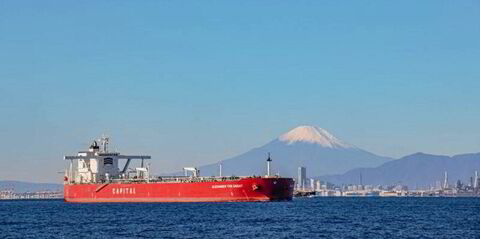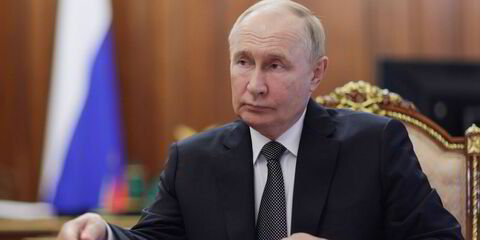What a difference a year has made in the LPG sector with a near doubling of VLGC rates pushing BW LPG into the black for the second quarter.
Promise of profit and 'fantasy' earnings sparks shares in Oslo VLGC giants
The Singapore-based, Oslo-listed gas specialist posted a net profit of $26m in figures released Thursday morning. A year earlier it posted a loss of $27m.
Revenues improved to $176m from $107m in the second quarter of 2018.
BW LPG's VLGCs earned an average time charter equivalent (TCE) of $27,500 per day during the quarter against the $14,800 per day seen 12 months ago.
Despite the return to profit, one analyst described the numbers as "disappointing" saying that Ebitda was 17% below consensus.
"The miss was mainly due to a lower than expected achieved VLGC spot rate, in a quarter where BW LPG underperformed the market," said Arctic Securities analyst Lars Bastian Ostereng.
"However, we do not view this as very dramatic, as it is not uncommon that achieved rates lag the market when it increases rapidly, or drops rapidly.”
Danske Bank called the results "weak compared to expectations".
It had estimated about $29,900 for TCE earnings.
"Consensus numbers on earnings must have been well above our estimates given we were at the low end of consensus," it added.
It added that the company showed a weaker commercial performance than both Avance Gas and Dorian LPG for the quarter.
A surprise dividend
BW LPG’s declaration of an interim cash dividend of US$0.10 per share drew some praises, however.
"We were positively surprised by the interim cash dividend...and believe that the news will be positively received by the market," Ostereng said.
Danske Bank said: "The surprise for the quarter was that a $0.10 dividend was declared.”
"We had not assumed a dividend from BW LPG until [the fourth quarter]. The fact that a dividend payment is a strong signal on expected performance [in the second half of 2019] may lead the share to trade in line with markets today.
"If we are wrong, a weak share performance today may provide for a buying opportunity in our view."
Arbitrage widened
BW LPG chief executive Martin Ackermann defended his company’s performance in an earnings call.
“It’s mostly because the market was rising so abruptly from the first to the second quarter that you see that lagging behind in general,” Ackermann said.
“Even though our realised spot rate is below normally expected, it’s at least in line with one of our peers.”
In its quarterly report, BW LPG said the quarter experienced a rebound in VLGC rates as arbitrage widened with product spreads "reaching levels last experienced in 2016".
“VLGC rates started to recover since the end of the first quarter and the positive momentum continued into the second quarter,” it added.
The situation was also helped by shipping delays caused by the closure of the Houston Ship Channel in March this year.
"In the second quarter, US LPG production grew 10.8% year over year, and domestic LPG consumption decreased seasonally, resulting in LPG inventory levels increasing 35.5% year over year," BW LPG said.
"This supported an increased geographical LPG price spread, and US exports reached the highest in history, driving up the VLGC utilisation and freight rate."
BW Group takes Dorian LPG selldown to $5.7m with latest share sales
It added that current fundamentals “support long-term average rates”, but that rates will also depend on the development of geographical arbitrage, positioning of vessels and US terminal capacities.
Driven by export growth in the US, BW LPG said tonne-mile demand is estimated to increase. However, the increase will be partially offset by newbuild deliveries.
“Tonne-miles are also driven by LPG price arbitrage between regions. This may fluctuate as US production and export capacity changes,” it said.
In terms of fleet supply, BW LPG said eight more VLGCs will be delivered in the remainder of 2019 and five are expected to be recycled. The orderbook stands at 13% of the current total VLGC fleet of 275 vessels.
Short-term spot opportunities and IMO 2020
Having forecast strong spot rates forward, BW LPG has been deliberately reducing its time charter coverage.
Its coverage ratio is 14% year-to-date and will be 11% for the rest of the year. For 2020, the ratio stands at 4%.
“We have not been willing to lock in short-term time charters, given [that] we are seeing strong markets for the next 18 months,” Ackermann said.
With VLGC spot rates generally inclusive of bunker costs, the IMO 2020 is expected to have profound impact on freight markets, however.
“IMO [2020] is of course a big thing for the industry. We have been preparing for a long time on that,” Ackermann said.
“Fundamentally the fuel oil price will be absorbed in the freight rates for the medium and long term. Short-term, we may see some turbulence in the market.”
“We have done some financial hedging for our positions for next year. We are taking a mixed approach.”
Other than using IMO-compliant fuel, BW LPG is installing scrubbers on some of its ships. The company has also announced plans to retrofit four VLGCs to be dual-fuelled to take advantage of rising LPG supply globally.
“We have strong focus on LPG propulsion, where we have the first ship ready in the second quarter of next year,” Ackermann said.



